Q2. What are the contributions in this paper?
Odukoya et al. this paper investigated the evaporation and de-pinning rates of micro-droplets of deionized ( DI ) water and toluene on lead zirconate titanate ( PZT ) substrates.
Did you find this useful? Give us your feedback



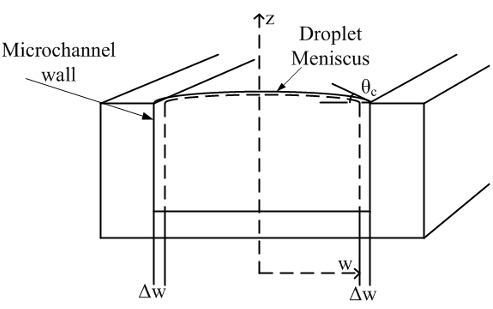






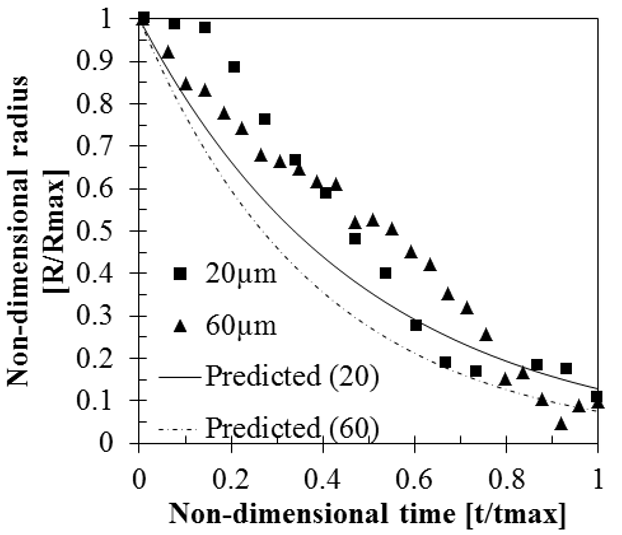
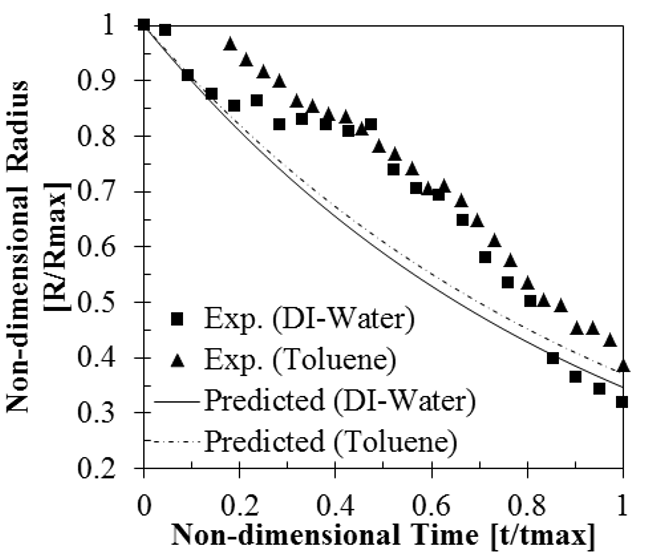

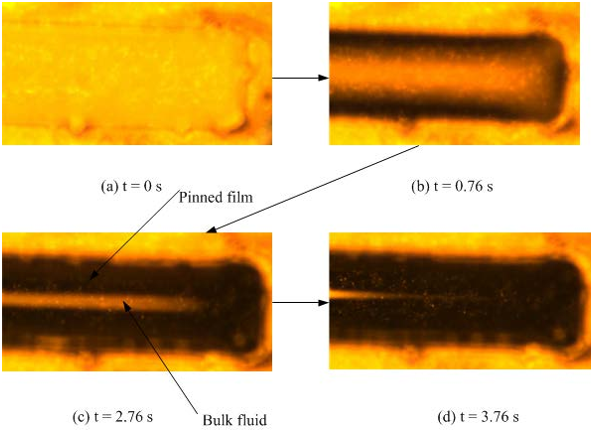


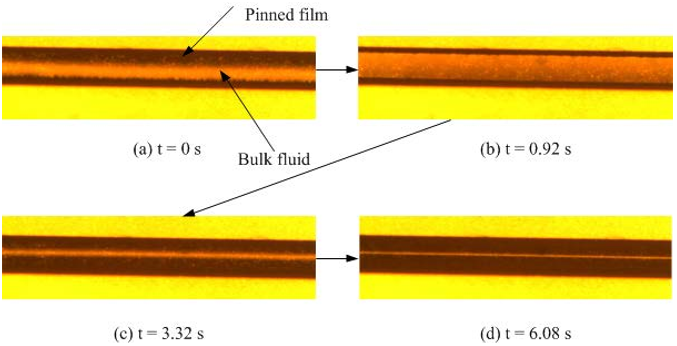
3 citations
2 citations
...This is a common effect in microfluidic systems [226]....
[...]
7,568 citations
5,553 citations
...The evaporation rate of the droplet has been predicted by Deegan [15], Cachile et al....
[...]
...This is the technology used for inkjet printers [15] as the carrier liquid evaporates and patterns are deposited on the paper....
[...]
...The equation of the average velocity over the width can be expressed as 0 1( , ) ( , )o w xu w t j w t dw A tρ ∂ = − + ∂ ∫ (8) The evaporation rate of the droplet has been predicted by Deegan [15], Cachile et al. [8] and Poulard et al. [11] to be proportional to the change in pinning radius based on the instantaneous time and final time....
[...]
...Deegan [15] used this transport phenomenon to explain the pattern of satins deposited by a drop of coffee....
[...]
...The separation of these two layers of the liquid was used to transfer solid particles in a liquid droplet to a substrate in a previous study by Deegan [10]....
[...]
2,501 citations
...6 Past studies [5] have conflicting information about the behaviour of water droplets on the micro/nano-scale....
[...]
...The change in contact line elastic force has an effect on the de-pinning rate [5]....
[...]
...Bonn [5] also indicated the complexity of these phenomena remained a challenge in accurately predicting the de-pinning process....
[...]
2,051 citations
...Past studies have generally assumed a spherical droplet [7, 9, 11, 14], but with the existence of a film, which is...
[...]
...Secondly, the other method of evaporation occurs where the contact radius decreases while the contact angle remains constant [14]....
[...]
...Firstly, the droplet radius remains approximately constant, while the contact angle of the liquid-substrate contact angle decreases [14]....
[...]
...The authors developed a method by assuming an equivalent contact angle, based on the change in volume of the droplet and proportional to an exponential function of time [14]....
[...]
1,973 citations
Odukoya et al. this paper investigated the evaporation and de-pinning rates of micro-droplets of deionized ( DI ) water and toluene on lead zirconate titanate ( PZT ) substrates.